Interior Design Services for your Residential and Commercial Project
Experience complete interior design and build solutions with Avenir Developments in Lahore and Islamabad. From initial concept to final styling, we design luxury interiors customized to your needs.
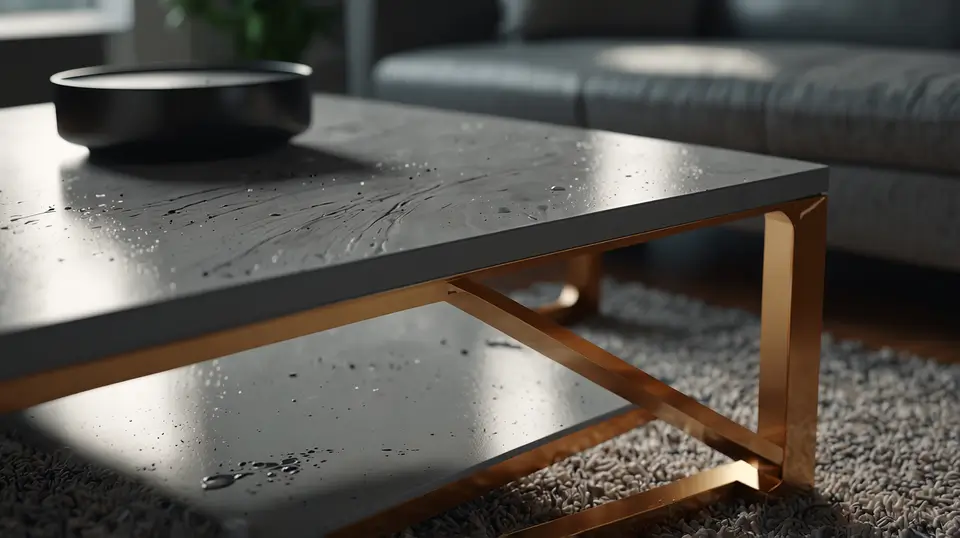
expertise
INTERIOR DESIGN SERVICES
Our best in class interior design services are a result of close collaboration of our team of designers and suppliers with you to craft custom interior design solutions for your space. We share our knowledge and experience with you to choose the best for project, including design type, cost and budget, schedules.
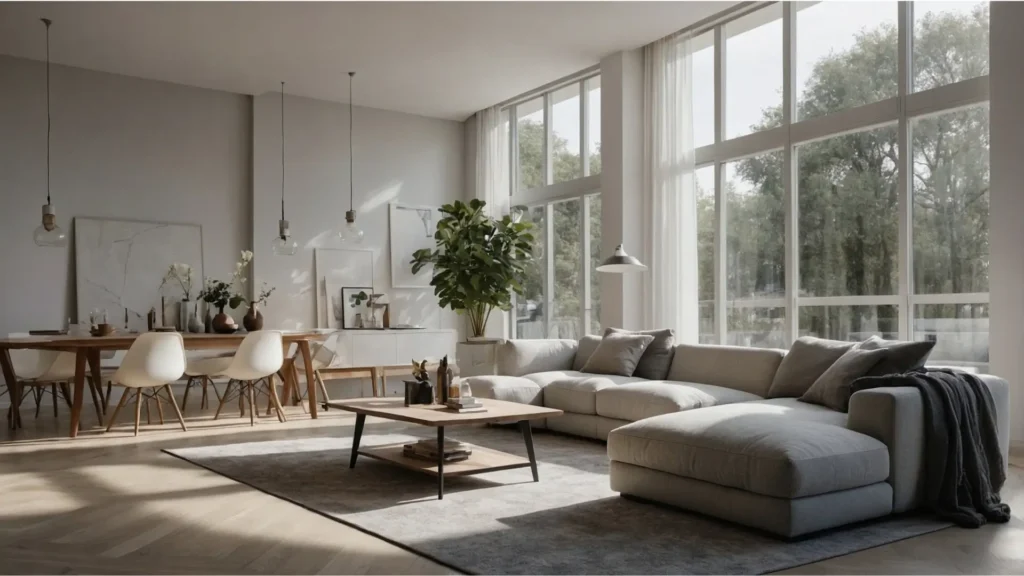
HOUSE INTERIOR DESIGN
Avenir Developments knows that a well-thought-out interior design is essential for comfortable living and efficient workspaces. We excel in creating furniture layouts and space plans that optimize functionality and style.
- 1 Kanal House in DHA Lahore and DHA Islamabad
- 2 Kanal House in DHA
- Farmhouse Design
- Modern House Design
- DHA House Interiors
- Cost Effective Design Services
COMMERCIAL INTERIOR DESIGN
Avenir Developments team of interior designers excel in developing amazing interior designs keeping in view the latest trends in design and materials. Our keen attention to detail is evident in our finish selections and specifications. We work closely with clients to choose the perfect materials, colors, and finishes that transform spaces into visually stunning and functional environments.
- Retail Design Services
- Cafe Design Services
- Restaurant Design Experts
- Coffee Shop Design Services
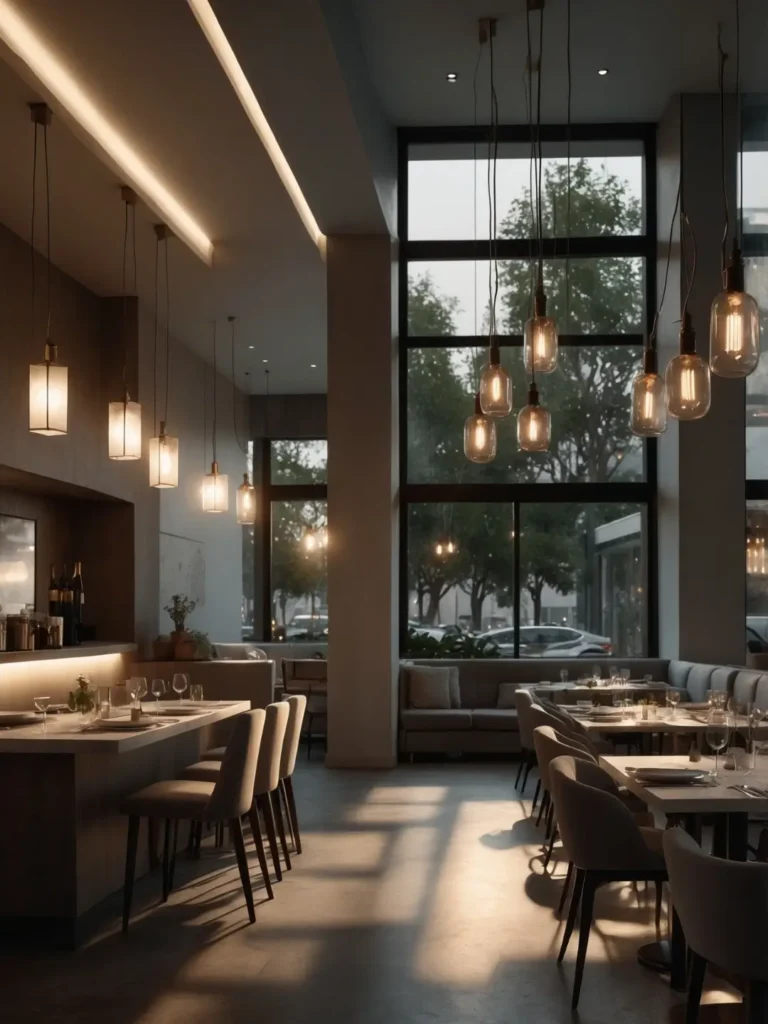
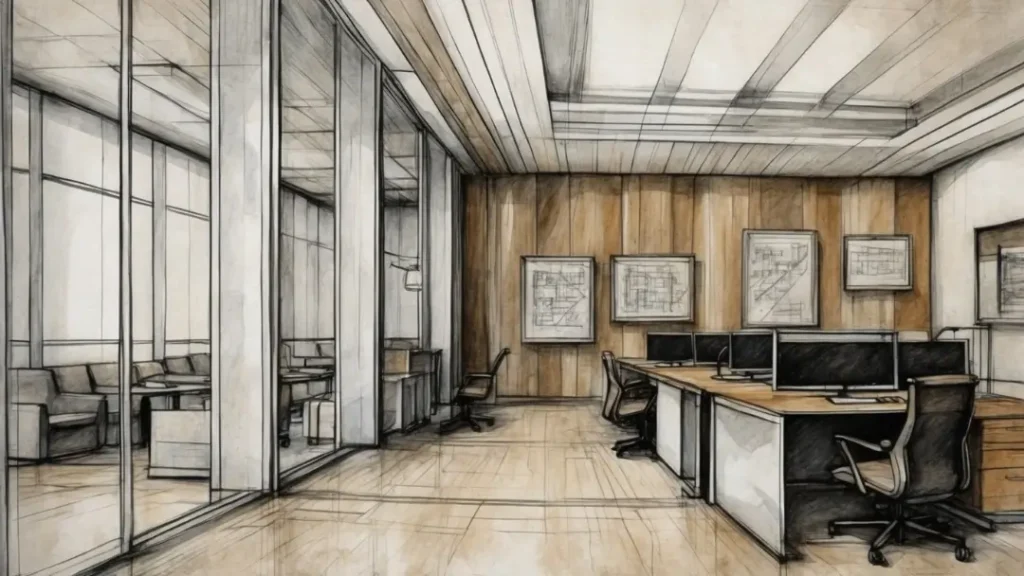
OFFICE INTERIOR DESIGN
At Avenir Developments, we embrace philosophy of paying attention to detail. We are passionate about interior detailing, ensuring that every element is meticulously designed and executed to perfection.
- Corporate Office Interior Design
- Co-working Space Design
- Open Plan Office Design
Let's Start Your Dream Project
Original project designs of high quality saves your construction cost and raises profit. Get in touch for our custom interior design services.
interior design
OUR PROCESS
📝
Discovery & Vision
We discuss your interior design goals for your Lahore or Islamabad property. We understand your style, needs, and budget to start your project.
✍🏼
Concept & Visualization
Our team creates your design concept. This includes space plans, material palettes, and 3D visuals. You see your future interior.
👷🏼
Detail Design & Planning
We refine every design aspect and prepare technical drawings. We help you select all finishes, fixtures, and furnishings. Your plan is set.
🏡
Build & Delivery
Our skilled team manages the build of your interior. We focus on quality work. We then deliver your completed Avenir interior space.
portfolio
INTERIOR DESIGN SERVICES PORTFOLIO
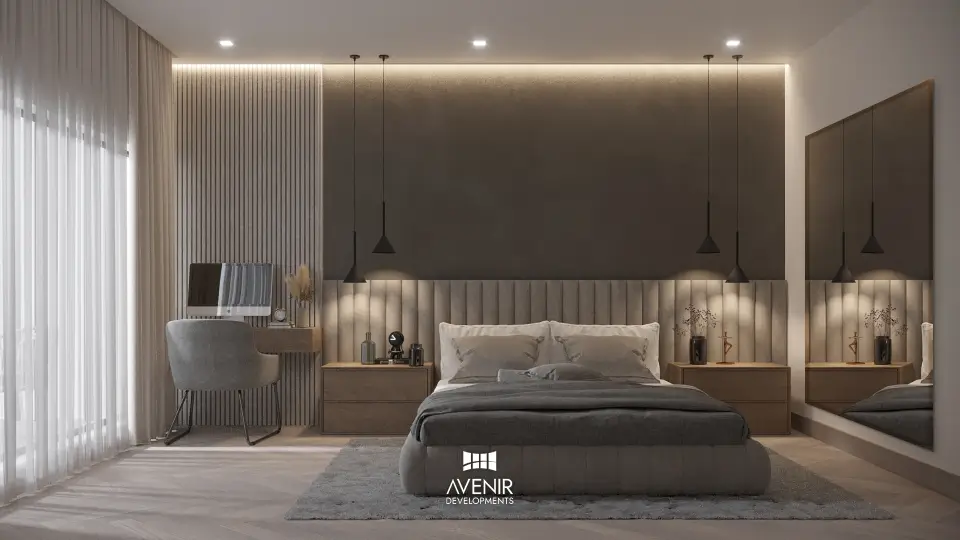
DHA Lahore
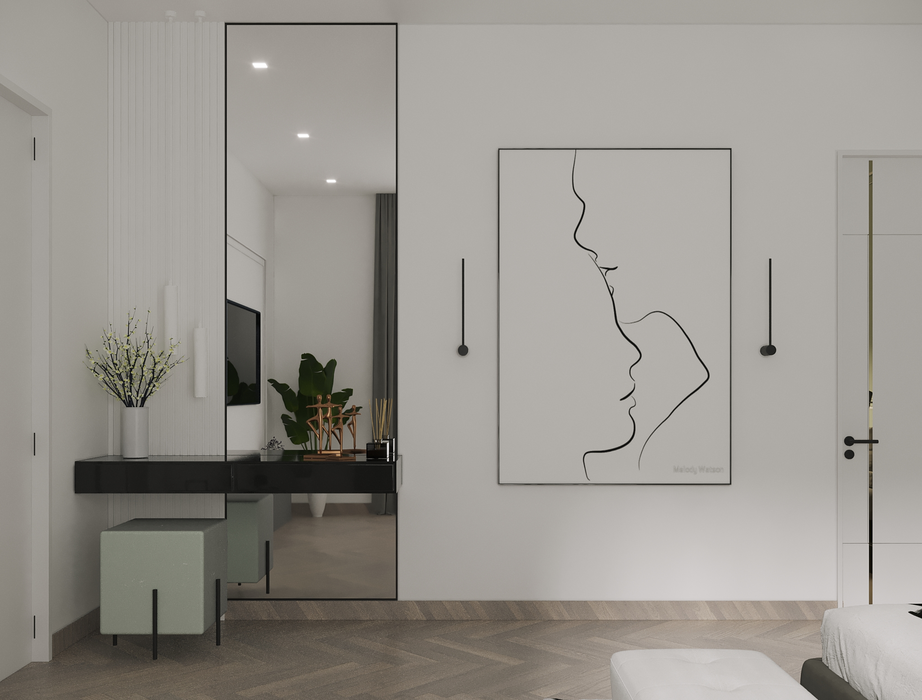
Lake City Lahore
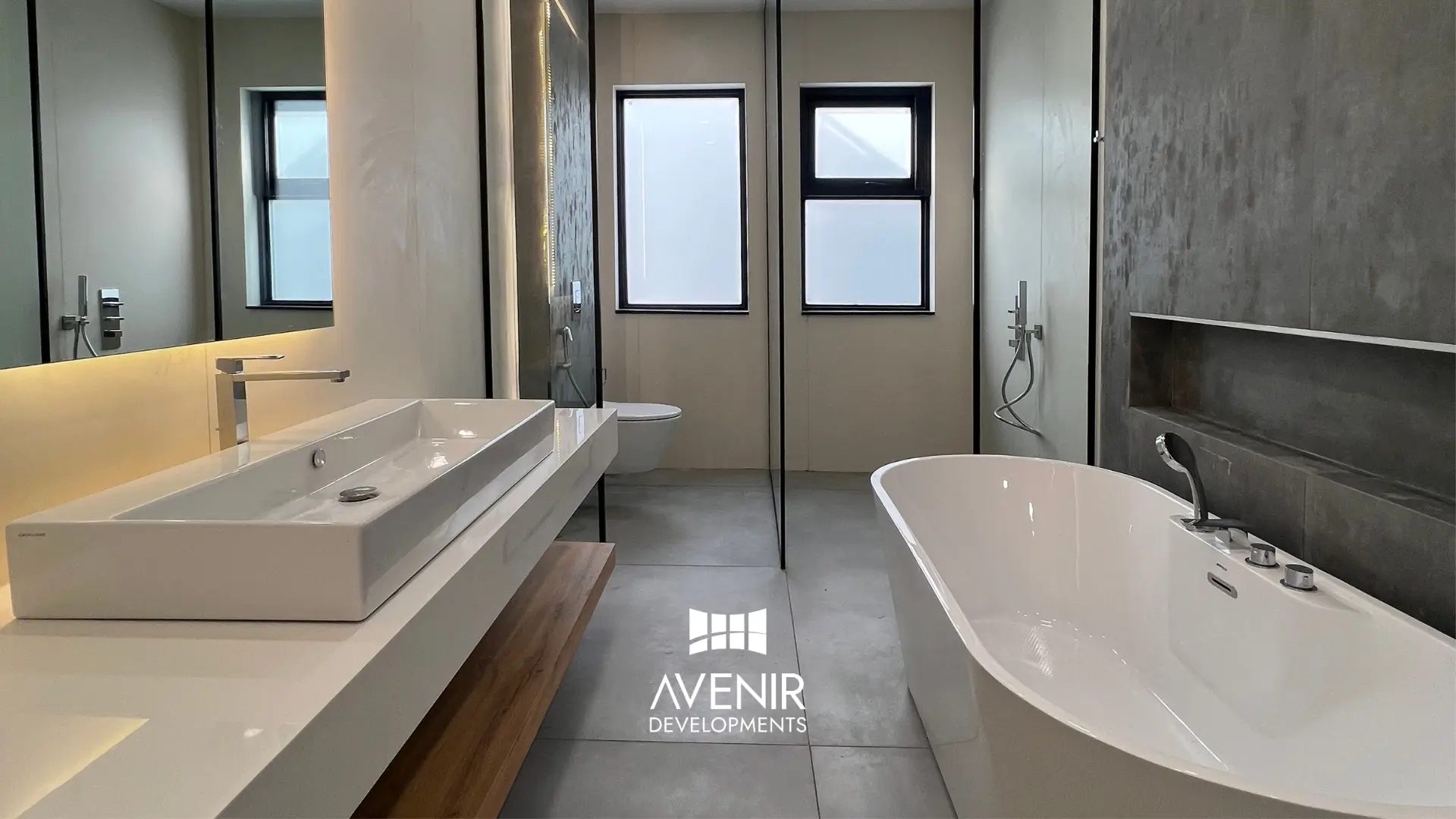
DHA Islamabad
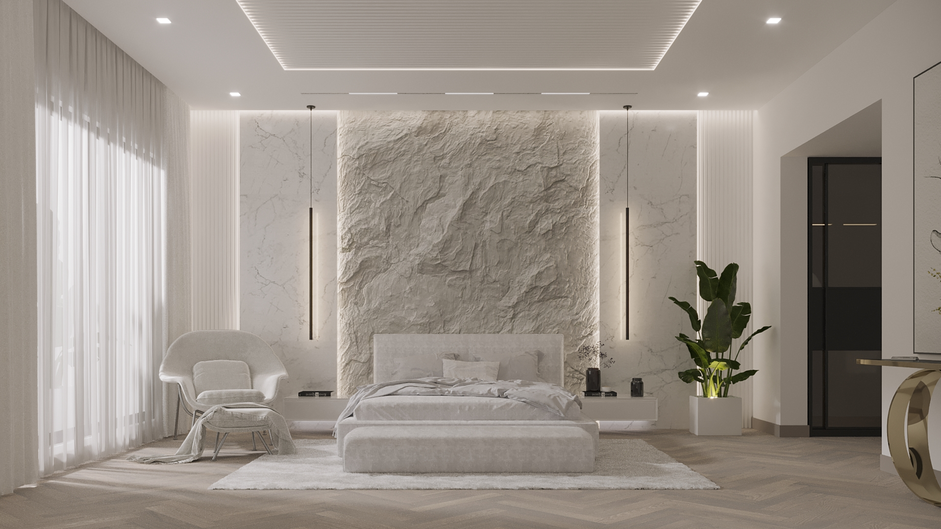
DHA Lahore
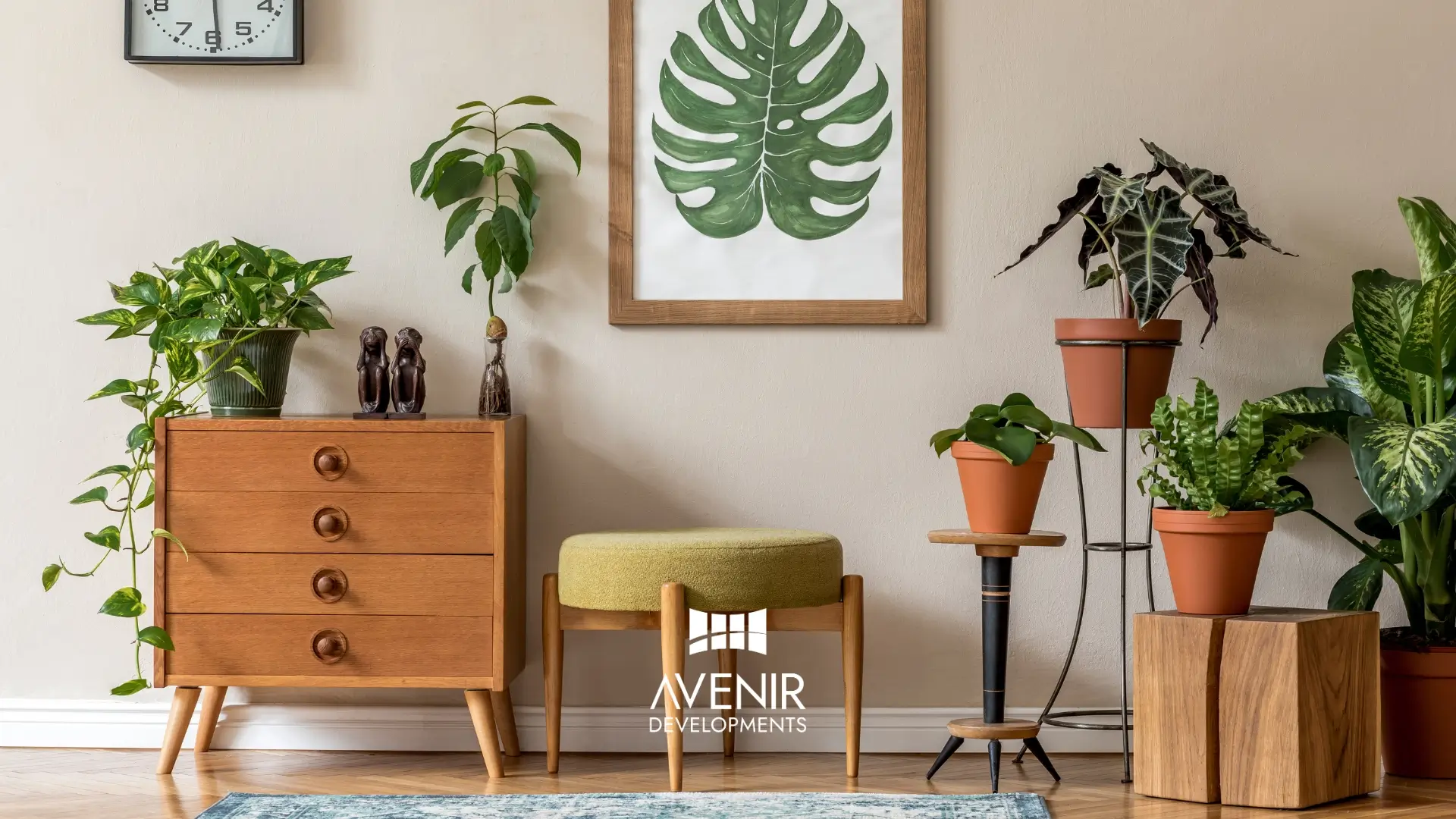
DHA Lahore
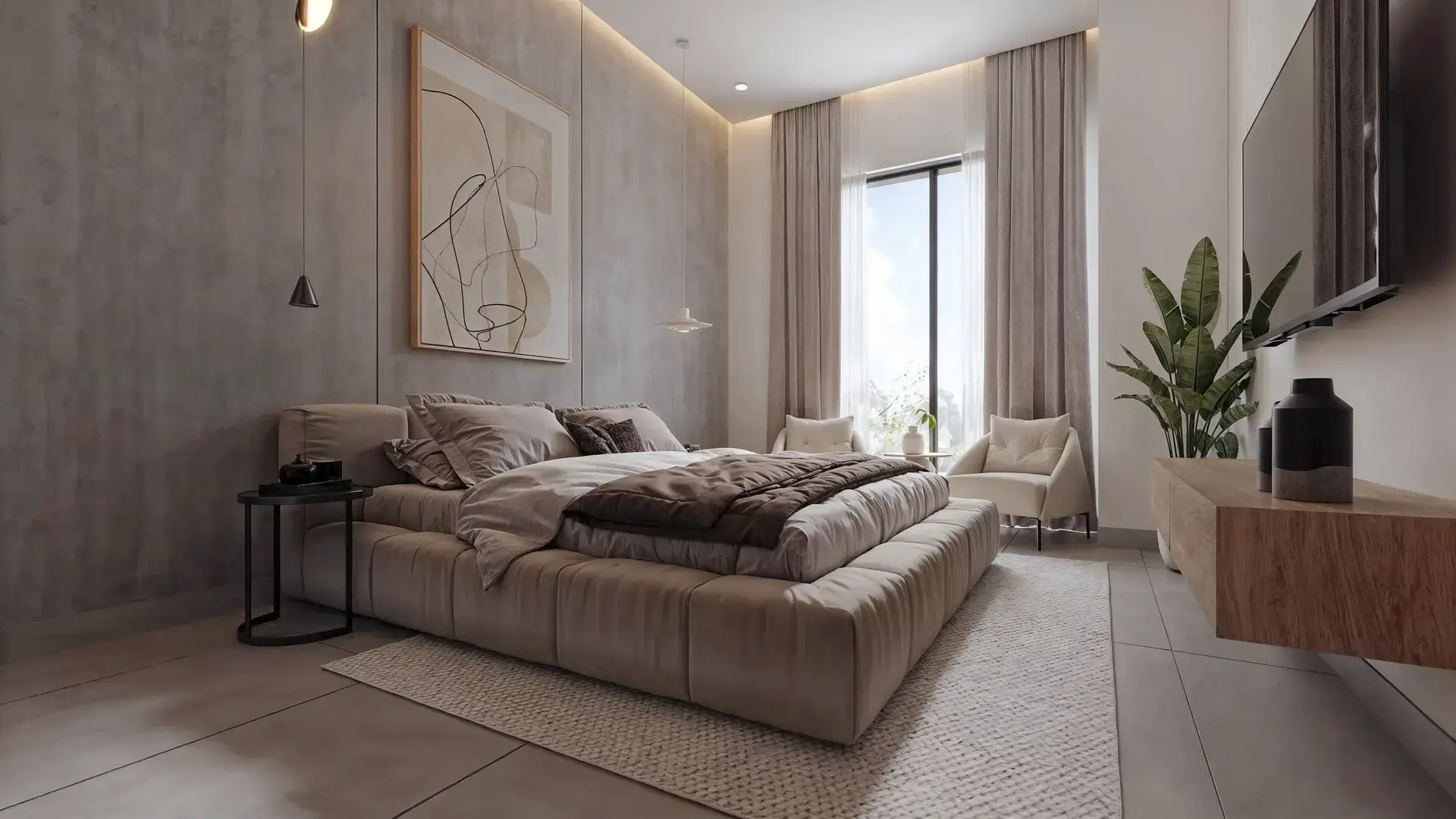
Apartment in ISLAMABAD
Saving You Cost and Time
Our design-led approach to contemporary interior design services delivers your residential and commercial project, on time, within budget.
interior design services
FAQs
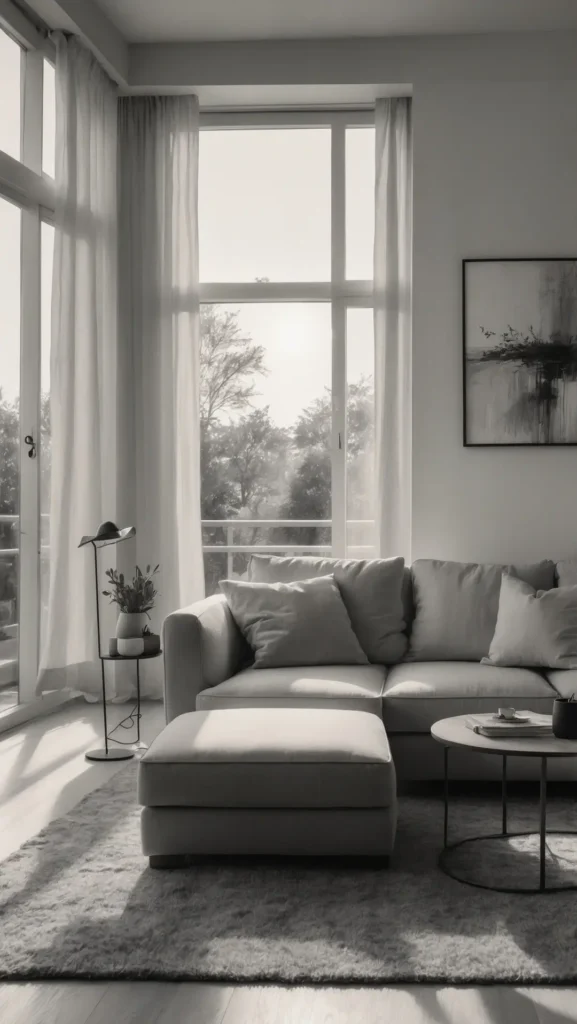
Our experienced Interior Designers will always ask you to provide us with a budget range to work with. Once we have that figure we work alongside our partner vendors and contractors to make sure the project stays within that budget whilst also ensuring that the quality is not compromised.
Avenir Developments offers a full spectrum of interior design services, including concept development, space planning, material selection, custom furniture design, project management, and turnkey solutions for residential and commercial spaces in Lahore and Islamabad.
We blend international design trends with a deep understanding of Pakistani culture and aesthetics. Our designs are functional, stylish, and reflect the unique needs and preferences of our clients.
We stay at the forefront of design by incorporating trends like biophilic design (bringing nature indoors), smart home technology integration, sustainable materials, and a fusion of traditional Pakistani crafts with modern elements.
Absolutely! We specialize in home renovations, from minor updates to complete transformations. Our team can revitalize your existing space while optimizing its layout and functionality.
The cost varies depending on the scope of the project and the level of customization. We offer transparent pricing and provide detailed estimates upfront, ensuring no hidden costs.
Simply contact us through our website or visit our design studios in Lahore and Islamabad. We’ll schedule a consultation to discuss your vision and how we can bring it to life.
Yes, we have a proven track record of designing offices, retail stores, restaurants, and hospitality spaces that enhance brand identity and customer experience.
Yes, we have a proven track record of designing offices, retail stores, restaurants, and hospitality spaces that enhance brand identity and customer experience.
We have a dedicated team of experienced designers, project managers, and skilled craftsmen. We use high-quality materials and adhere to strict timelines to deliver exceptional results.
Our commitment to excellence, personalized service, innovative designs, and deep understanding of the Pakistani market make us the preferred choice for discerning clients.
contact us
INTERIOR DESIGN SERVICES
Let’s setup a call or a meeting to discuss interior design services for your project. Fill out the form or WhatsApp us to book a free consultation. We’d love to hear from you and would be happy to offer advice.

